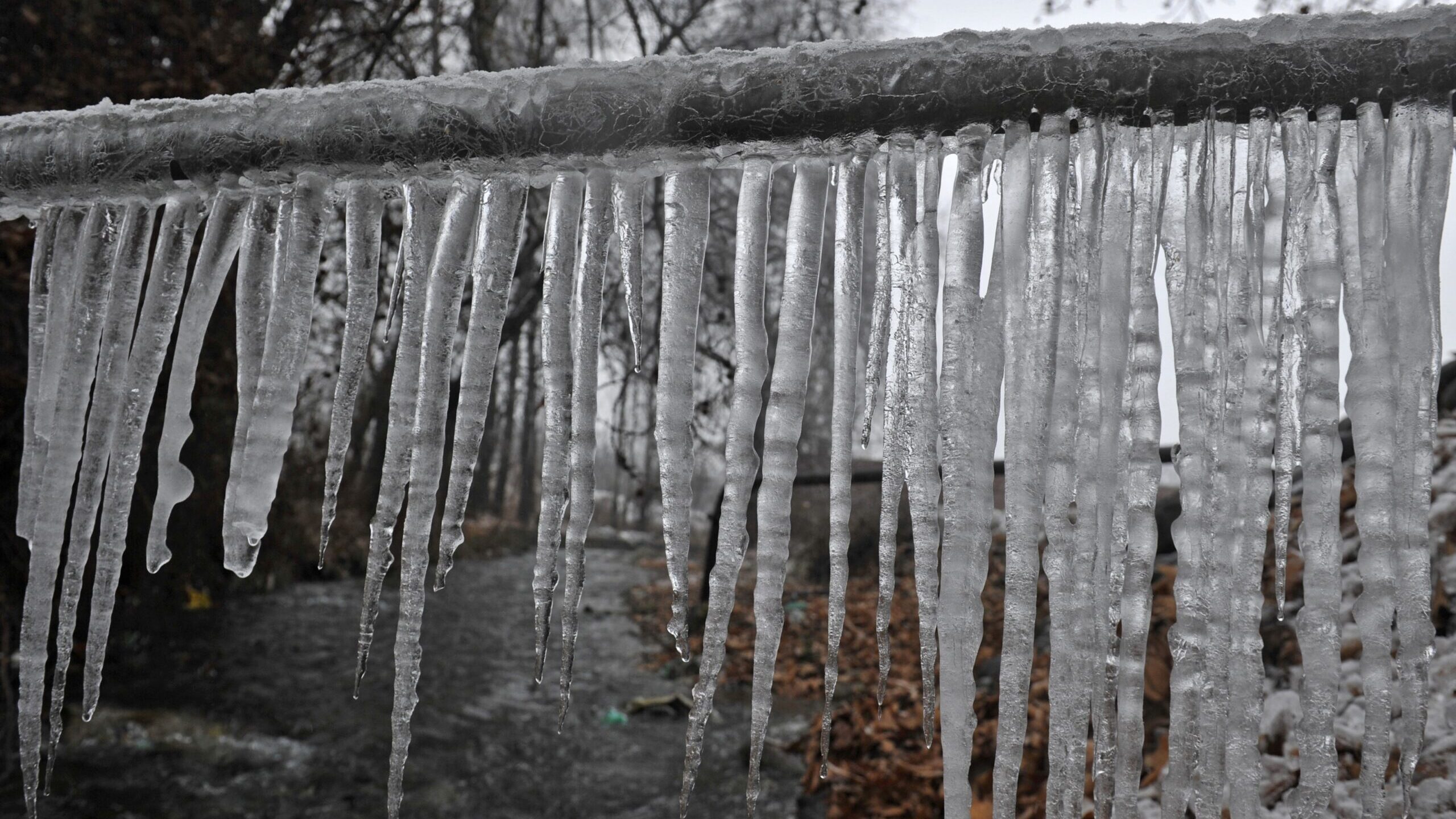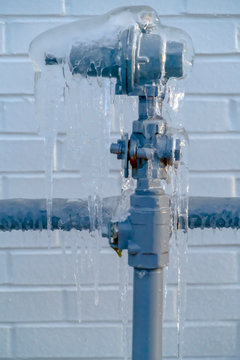Essential Strategies for Avoiding Frozen Pipes in Winter
Essential Strategies for Avoiding Frozen Pipes in Winter
Blog Article
Just how do you feel with regards to How To Avoid Freezing Pipes?

Cold weather can damage your plumbing, specifically by freezing pipes. Below's how to stop it from happening and what to do if it does.
Intro
As temperatures decrease, the threat of frozen pipes boosts, possibly causing pricey repairs and water damage. Comprehending just how to prevent frozen pipes is vital for home owners in chilly climates.
Avoidance Tips
Protecting susceptible pipelines
Cover pipes in insulation sleeves or make use of warm tape to protect them from freezing temperature levels. Focus on pipelines in unheated or outside locations of the home.
Heating strategies
Keep indoor spaces adequately heated up, specifically areas with plumbing. Open up cabinet doors to permit cozy air to distribute around pipes under sinks.
Just how to recognize icy pipelines
Seek lowered water flow from taps, uncommon smells or noises from pipelines, and noticeable frost on subjected pipelines.
Long-Term Solutions
Structural changes
Consider rerouting pipes away from exterior wall surfaces or unheated locations. Add additional insulation to attics, basements, and crawl spaces.
Upgrading insulation
Invest in top quality insulation for pipes, attics, and wall surfaces. Appropriate insulation assists maintain regular temperature levels and minimizes the risk of icy pipelines.
Safeguarding Outdoor Pipes
Garden tubes and outside taps
Detach and drain garden hoses before winter. Set up frost-proof spigots or cover exterior faucets with protected caps.
Understanding Frozen Pipelines
What causes pipelines to ice up?
Pipes freeze when revealed to temperatures below 32 ° F (0 ° C) for prolonged durations. As water inside the pipelines freezes, it expands, putting pressure on the pipe wall surfaces and potentially causing them to rupture.
Dangers and damages
Frozen pipelines can bring about water system disturbances, property damages, and costly repairs. Ruptured pipes can flooding homes and cause considerable structural damages.
Signs of Frozen Water Lines
Determining icy pipelines early can avoid them from breaking.
What to Do If Your Pipes Freeze
Immediate actions to take
If you believe icy pipes, maintain faucets open up to eliminate pressure as the ice thaws. Use a hairdryer or towels taken in hot water to thaw pipelines slowly.
Final thought
Preventing icy pipelines requires positive measures and quick actions. By understanding the causes, indications, and safety nets, homeowners can safeguard their pipes throughout cold weather.
5 Ways to Prevent Frozen Pipes
Drain Outdoor Faucets and Disconnect Hoses
First, close the shut-off valve that controls the flow of water in the pipe to your outdoor faucet. Then, head outside to disconnect and drain your hose and open the outdoor faucet to allow the water to completely drain out of the line. Turn off the faucet when done. Finally, head back to the shut-off valve and drain the remaining water inside the pipe into a bucket or container. Additionally, if you have a home irrigation system, you should consider hiring an expert to clear the system of water each year.
Insulate Pipes
One of the best and most cost-effective methods for preventing frozen water pipes is to wrap your pipes with insulation. This is especially important for areas in your home that aren’t exposed to heat, such as an attic. We suggest using foam sleeves, which can typically be found at your local hardware store.
Keep Heat Running at 65
Your pipes are located inside your walls, and the temperature there is much colder than the rest of the house. To prevent your pipes from freezing, The Insurance Information Institute suggests that you keep your home heated to at least 65 degrees, even when traveling. You may want to invest in smart devices that can keep an eye on the temperature in your home while you’re away.
Leave Water Dripping
Moving water — even a small trickle — can prevent ice from forming inside your pipes. When freezing temps are imminent, start a drip of water from all faucets that serve exposed pipes. Leaving a few faucets running will also help relieve pressure inside the pipes and help prevent a rupture if the water inside freezes.
Open Cupboard Doors
Warm your kitchen and bathroom pipes by opening cupboards and vanities. You should also leave your interior doors ajar to help warm air circulate evenly throughout your home.

I was introduced to that report about 6 Ways to Prevent Frozen Pipes from an associate on our other domain. So long as you enjoyed our page plz consider to share it. Thanks a lot for taking the time to read it.
Check It Out Report this page